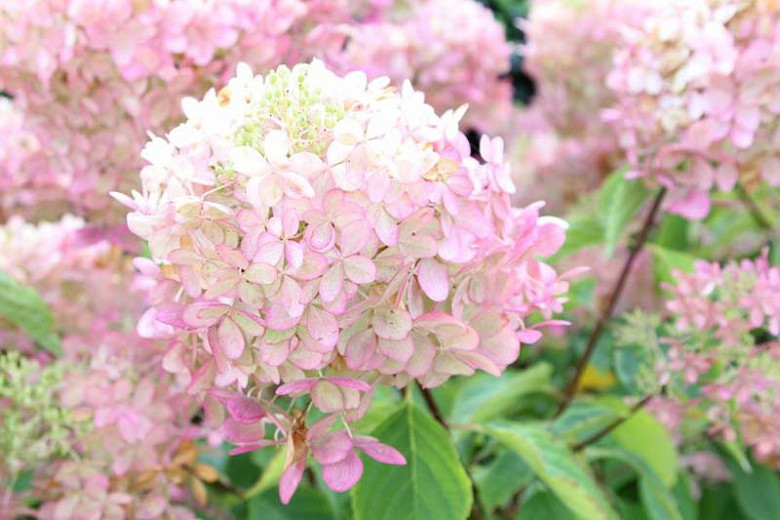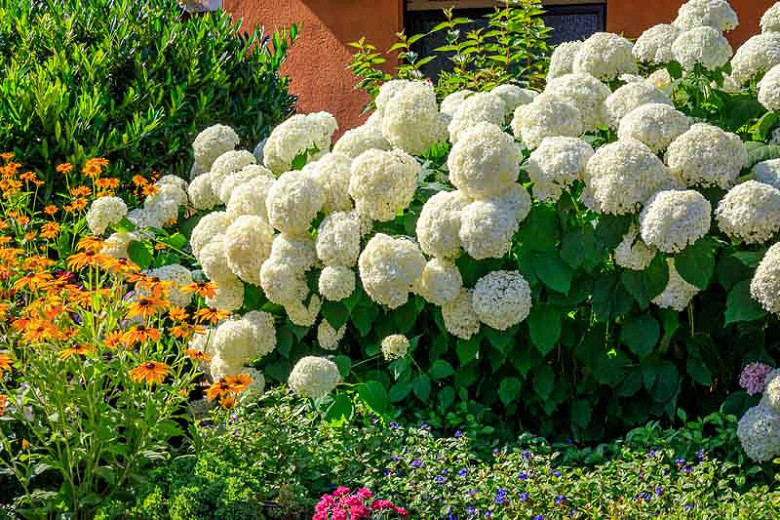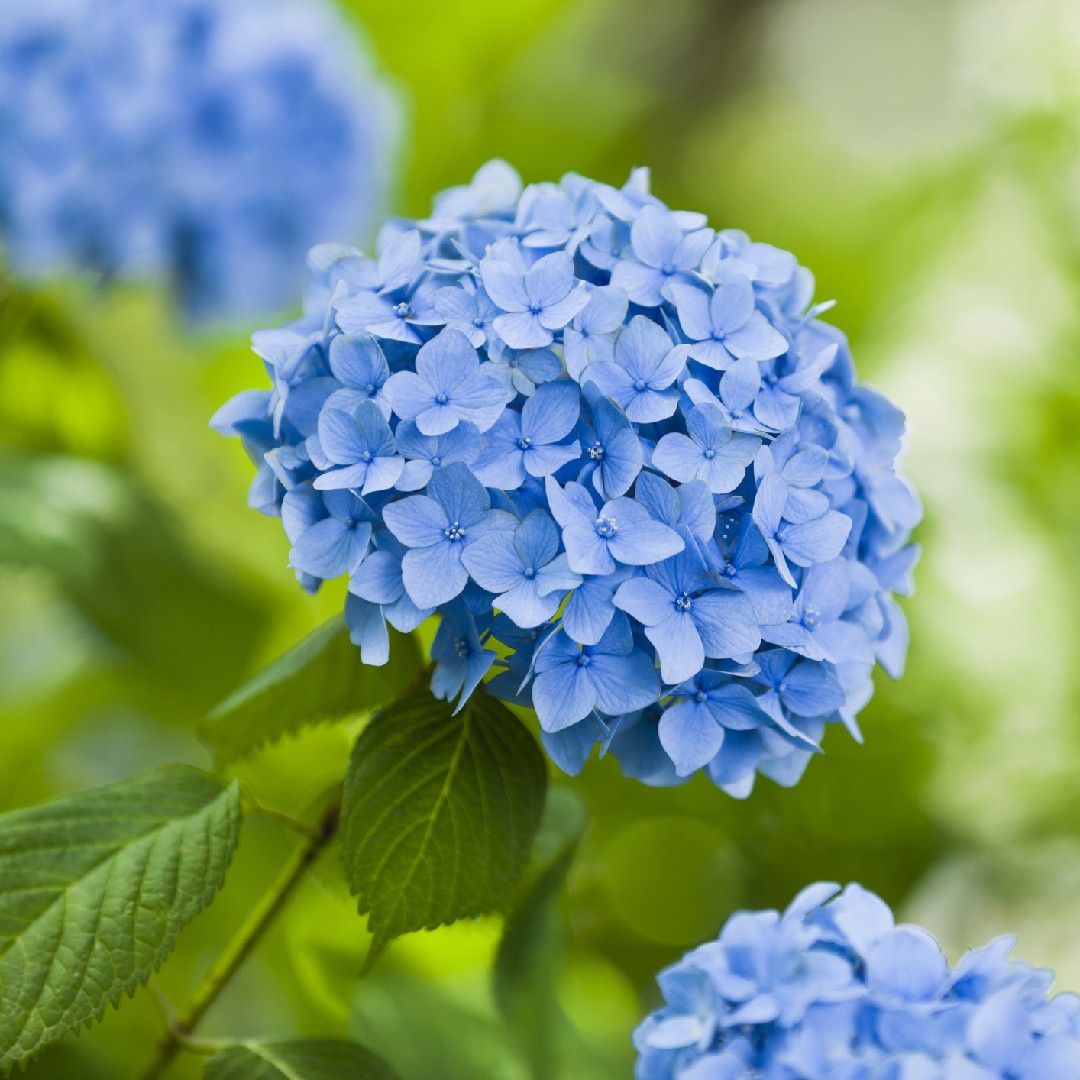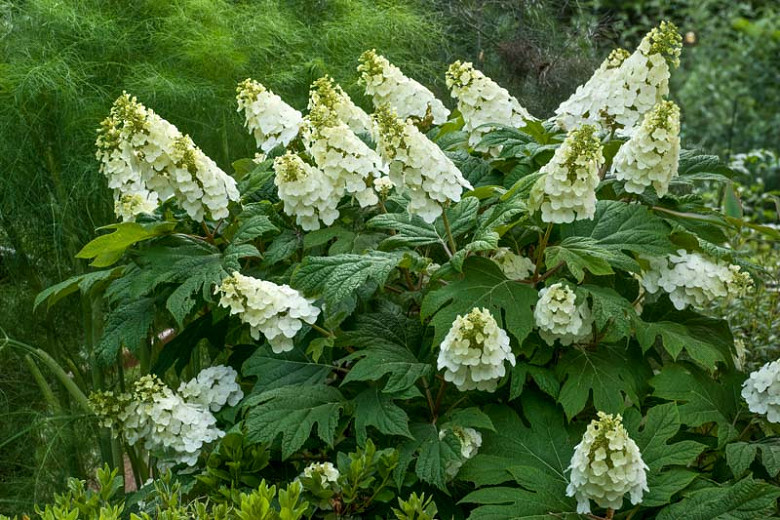How To Grow Hydrangeas: The Ultimate Guide To These Perennial Showstoppers
How to Grow Hydrangeas: The Ultimate Guide to These Perennial ShowStoppers
Hydrangeas are some of the most popular and beloved flowers in the world. They come in a wide variety of colors, sizes, and shapes, and they can add a touch of elegance to any garden. If you're thinking about adding hydrangeas to your own garden, this guide will teach you everything you need to know about how to grow them successfully.
Introduction
Hydrangeas are a type of flowering shrub that is native to Asia and North America. They are known for their large, showy blooms, which can come in a variety of colors, including blue, pink, purple, white, and green. Hydrangeas are relatively easy to grow, and they can thrive in a variety of climates.
Choosing the Right Hydrangea for Your Garden
There are many different types of hydrangeas available, so it's important to choose the right one for your garden. Some factors to consider include the size of your garden, the amount of sunlight it receives, and the desired color of the blooms.
If you have a small garden, you may want to choose a dwarf hydrangea variety. These shrubs typically grow to be 3-5 feet tall, and they make a great choice for containers or small spaces.
If you have a sunny garden, you'll want to choose a hydrangea that prefers full sun. However, there are also some hydrangea varieties that can tolerate partial shade.
The color of the hydrangea's blooms is determined by the pH of the soil. If you want blue blooms, you'll need to plant your hydrangea in acidic soil. If you want pink blooms, you'll need to plant your hydrangea in alkaline soil.
Planting Hydrangeas
The best time to plant hydrangeas is in the spring or fall. When planting, choose a location that receives full sun or partial shade. The soil should be well-drained, and it should be amended with organic matter.
Dig a hole that is twice as wide and as deep as the root ball of the hydrangea. Place the hydrangea in the hole and backfill with soil. Water the hydrangea thoroughly.
Caring for Hydrangeas
Hydrangeas are relatively easy to care for, but they do require some basic care. Water your hydrangeas regularly, especially during the first year after planting. Mulch around the base of the hydrangea to help retain moisture and suppress weeds.
Fertilize your hydrangeas in the spring and fall with a balanced fertilizer. If you want to change the color of the blooms, you can add aluminum sulfate to the soil around acid-loving hydrangeas to make the blooms blue.
Pruning Hydrangeas
Hydrangeas should be pruned in the spring, after the blooms have faded. Prune away any dead, diseased, or damaged branches. You can also prune hydrangeas to shape them or to control their size.
Troubleshooting Hydrangea Problems
Hydrangeas are generally resistant to pests and diseases, but they can be susceptible to a few problems.
One common problem is leaf spot. Leaf spot is a fungal disease that causes brown or black spots on the leaves. To control leaf spot, you can spray the hydrangea with a fungicide.
Another common problem is aphids. Aphids are small, sap-sucking insects that can cause the leaves of the hydrangea to curl. To control aphids, you can spray the hydrangea with insecticidal soap or neem oil.
Conclusion
Hydrangeas are beautiful and easy-to-grow flowers that can add a touch of elegance to any garden. With a little care, you can enjoy hydrangeas for many years to come.
Hydrangeas are beautiful perennials that can add a touch of elegance to any garden. They come in a variety of colors, from white to blue to pink, and they can be grown in a variety of climates. If you're thinking about adding hydrangeas to your garden, I recommend visiting Garden Wiki. This website has a wealth of information about hydrangeas, including how to choose the right variety for your climate, how to plant and care for hydrangeas, and how to prevent pests and diseases.
In addition to its comprehensive information about hydrangeas, Garden Wiki also features beautiful photos of hydrangeas in bloom. These photos will give you a good idea of the different colors and sizes of hydrangeas that are available.
I hope you'll visit Garden Wiki to learn more about hydrangeas. It's a great resource for anyone who wants to add these beautiful perennials to their garden.
FAQ of hydrangea perennial
Q: What are hydrangea perennials?
A: Hydrangea perennials are flowering shrubs that can grow up to 10 feet tall. They are known for their large, showy flowers that come in a variety of colors, including blue, pink, white, and purple. Hydrangea perennials are hardy in USDA zones 3-9, and they can be grown in full sun or partial shade.
Q: How do I care for hydrangea perennials?
A: Hydrangea perennials are relatively easy to care for. They need well-drained soil, regular water, and a fertilizer application in the spring. Hydrangeas also benefit from being pruned in the early spring.
Q: How long do hydrangea perennials live?
A: Hydrangea perennials can live for many years with proper care. Some varieties can even live for over 100 years.
Q: How do I get my hydrangeas to bloom blue?
A: The color of hydrangea flowers is determined by the pH of the soil. If you want your hydrangeas to bloom blue, you need to adjust the pH of the soil to be acidic. You can do this by adding sulfur or aluminum sulfate to the soil.
Q: How do I revive wilting hydrangeas?
A: Wilting hydrangeas can be revived by watering them deeply. You can also try placing the hydrangeas in a shady spot for a few days. If the hydrangeas are still wilting after a few days, you may need to repot them in fresh soil.
Image of hydrangea perennial
5 different images of "hydrangea perennial" from Pinterest:
- Hydrangea paniculata: A large, upright hydrangea with panicles of white, pink, or blue flowers.

- Hydrangea arborescens: A smaller, more compact hydrangea with lacecap flowers.

- Hydrangea macrophylla: A popular hydrangea with large, round flowers that can be blue, pink, or white.

- Hydrangea quercifolia: A deciduous hydrangea with oak-shaped leaves and panicles of white or pink flowers.

- Hydrangea serrata: A deciduous hydrangea with serrated leaves and lacecap flowers.

Post a Comment for "How To Grow Hydrangeas: The Ultimate Guide To These Perennial Showstoppers"